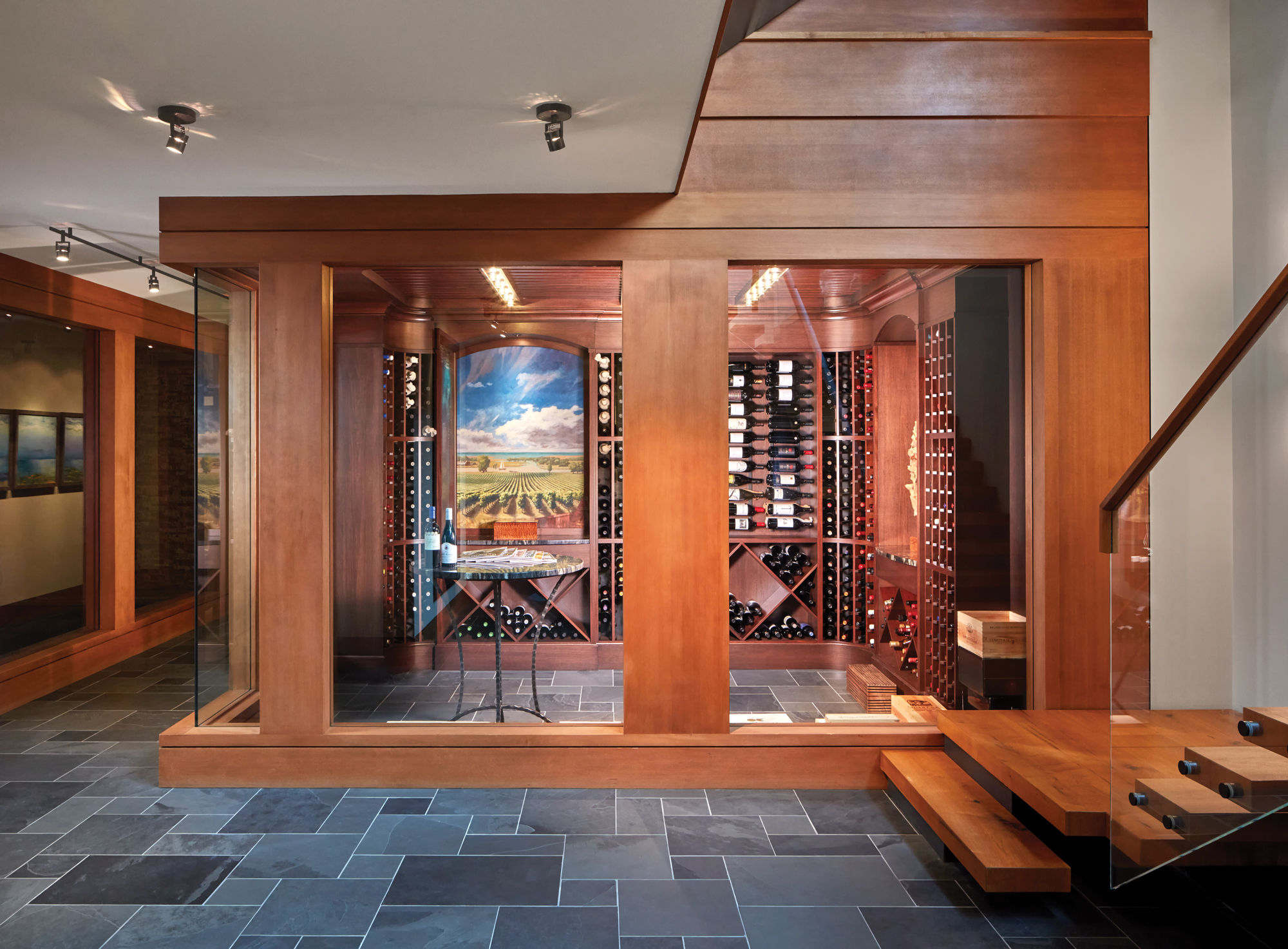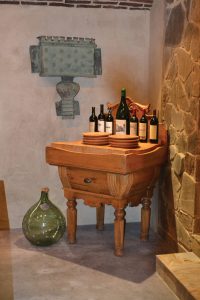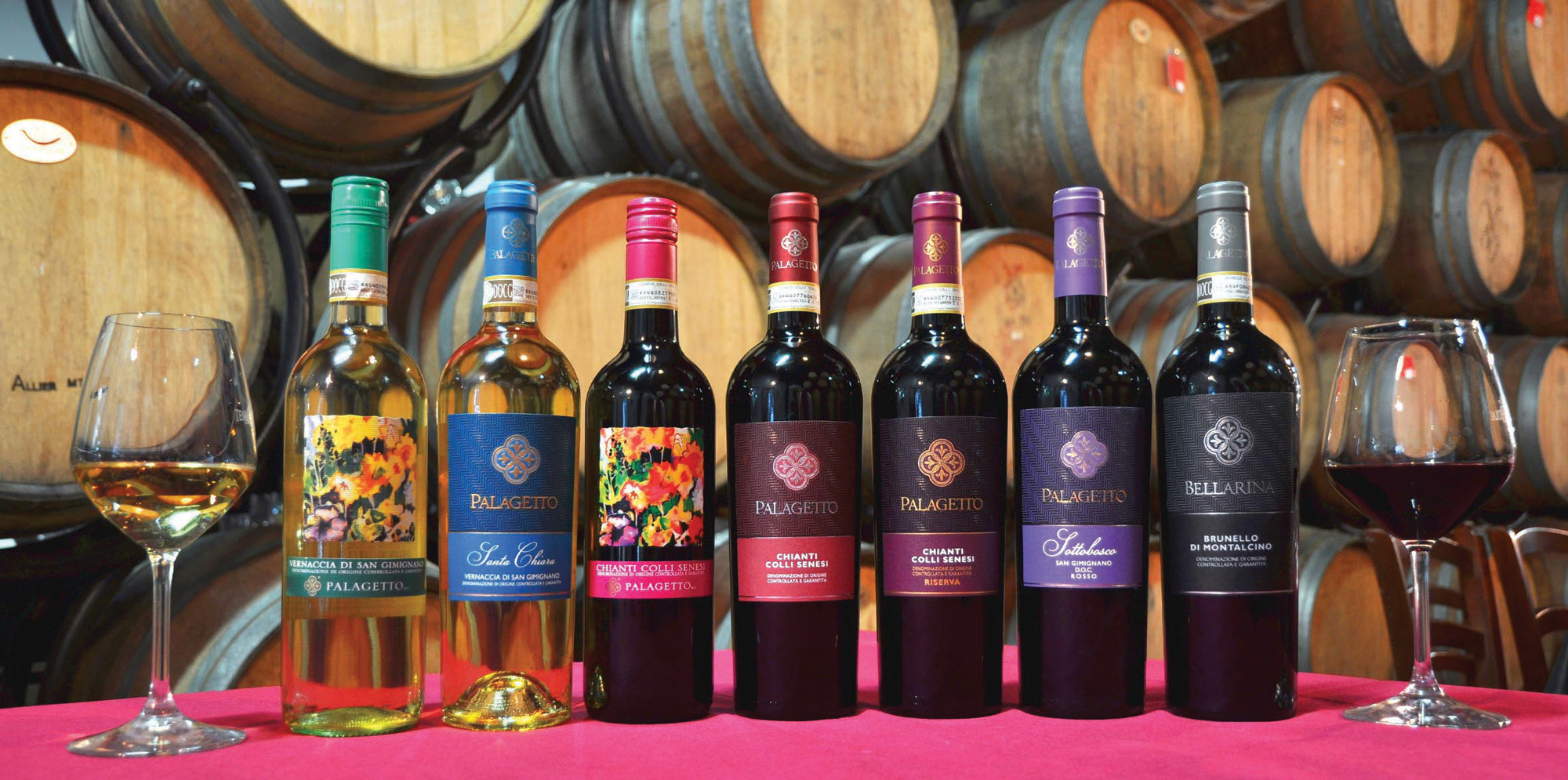- © 2025 Annapolis Home Magazine
- All Rights Reserved

The fruit of the vine is influenced by many variables, including weather, sunlight, water, temperature, and some would say, history itself. No one wine is the same and that is what attracts the connoisseur, the type of person who enjoys developing an expertise and a discriminating pallet. To be a wine connoisseur, you not only have to be super sensitive to smell, taste, and color, you also have to learn the descriptive and specialized language of wine. Wine Spectator, for example, describes the Duckhorn Vineyard Merlot as a “powerful red, with concentrated flavors of red plum, cherry and boysenberry that are layered with plenty of rich spice and mineral accents.” To discern all of these elements in a single glass of wine requires learning, refined attention, and experience.
For the wine connoisseur, a home wine cellar is the place to store a collection of treasures. When designed as a separate room, a cellar is most often located on a basement level because that is the most humid and coolest place in the home. When stored with proper conditions, aging wines are a value and can improve in aroma, flavor, and complexity.
The finest cellars are beautifully crafted with special stones and wood, with the space possessing a cavernous, rustic feel, creating a space entirely different from a kitchen or dining room.
The three cellars featured in this story are exemplary works of design, engineering, and construction. While glass-enclosed cellars installed near a kitchen or dining room are popular with homeowners who want a sleek minimalist look, the cellars highlighted here are below ground level and possess the warm feel of traditional wine cellars.

For an Annapolis homeowner, architect Cathy Purple Cherry designed a striking cellar to accompany a specific bottle count and provide alternate display opportunities. The cellar, 10 by 15 feet, is located at the bottom of a three-story cantilevered floating staircase and includes niches for sculpture and artwork, with the ceiling design allowing for a unique feeling of depth by way of its spaced slat design. The cellar is unique, explains Cherry, in that there are “two sides of full glass creating a strong visual anchor for both the basement foyer and the distinctive art pieces, which can be viewed from the adjacent interior pool.”
ARCHITECT: Purple Cherry Architects, purplecherry.com | CUSTOM BUILDER: Pyramid Builders, pyramid-builders.com | LIGHTING: Jones Lighting, jones-lighting.com | INTERIOR DESIGN: Interior Concepts, interiorconceptsinc.com | Photography by David Burroughs


Arlene Critzos, President of Interior Concepts, Inc., brings a designer’s aesthetic to her wine cellar. Her European travels and study, along with her expertise in decorative arts, is evident in every facet of the design. The cellar’s entry, framed with irregular stone, a brick barrel vaulted ceiling, and concrete and cobblestone floor set the old world feel. The cellar includes a dining table with seating for ten. Contemporary geometric wire high-back chairs with deep turquoise seats add an edgy twist. Tableside cooking on a movable cooktop offers a unique experience for Critzos’ guests. This cellar allows for an evening of entertaining centered around conversation, food and wine.
INTERIOR DESIGN: Interior Concepts, Inc.
(Arlene Critzos), interiorconceptsinc.com
Photography courtesy of Interior Concepts


Studio Z Design Concepts in Bethesda designed a cellar for a home they describe as “Mediterranean Urban.” Architect Paul Davy of Studio Z says the cellar is part of a lower level that is designed for adult activity and includes a spa and workout area, as opposed to an area for kid’s play. The floor and ceiling consist of natural stone tile in a rich mixture of earth tones. Davy says the stone work is an extension of the stone on the exterior of the home, which ties the cellar together with the rest of the home. Oak wood cabinetry lends the space a mystique often associated with ancient cellars located below ground level.
ARCHITECT: Studio Z Design Concepts, studiozdc.com
Photography courtesy of Studio Z Design Concepts

Tuscan Olive and Grape Orchards. Photo by Robert Haywood
During a trip to Italy last spring, Robert Haywood and I found our selves standing on hallowed ground—a vineyard growing Sangiovese grapes in the Chianti hills of Tuscany. With pride, our sommelier at the Palagetto vineyards in Siena explained the history and origin of Chianti wine, and the ancient turf wars that have led to its protection and special designation. To retain the name of Chianti, it must be produced in the Chianti region, traditionally the area between Florence and Siena, and with at least 80% Sangiovese grapes. The rest may be a combination of Merlot, Syrah, or Cabernet, which may soften the final vintage. To ensure its reputation and protect against fraud, the wine’s composition is highly regulated by the Italian government and given a stamp of quality assurance: Denominazione di Origine Controllata e Garantita (DOCG, controlled and guaranteed designation of origin). DOCG-labeled wines are analyzed and blind tasted before being bottled. So, for your next Italian meal, find a Chianti with the DOCG label, uncork, and enjoy its rare Tuscan vintage.

Annapolis Home Magazine
Vol. 9, No. 2 2018